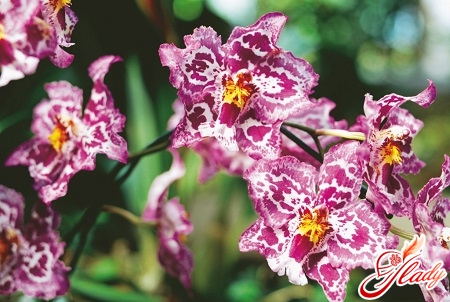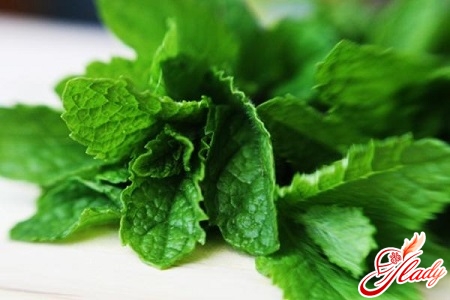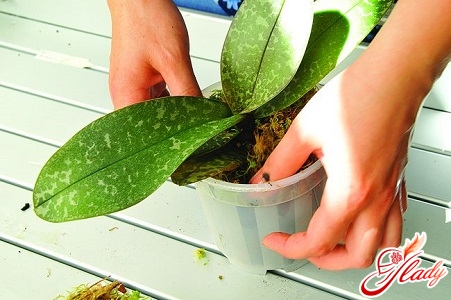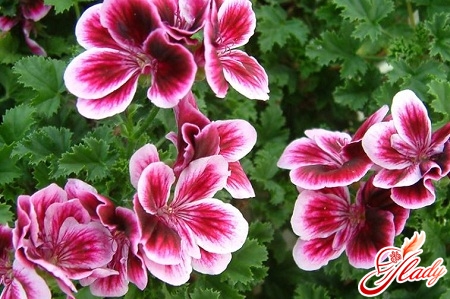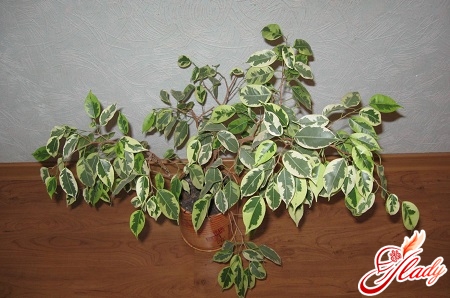 When most people hear the word "ficus",is a tall plant with large glossy leaves, which was very popular in the 60s of the last century. However, the popularity of this flower does not fade even now, so we decided to tell you how to grow ficus at home and which indoor species are suitable for this. Indoor ficus is an evergreen plant from the mulberry family. Among the known species, there are both huge trees and very tiny specimens. Indoor ficuses number about 20 species, among which the first place can safely be given to the rubber ficus. Also popular are the lyre-shaped species, Benjamin's ficus, dwarf species and Bengal.
When most people hear the word "ficus",is a tall plant with large glossy leaves, which was very popular in the 60s of the last century. However, the popularity of this flower does not fade even now, so we decided to tell you how to grow ficus at home and which indoor species are suitable for this. Indoor ficus is an evergreen plant from the mulberry family. Among the known species, there are both huge trees and very tiny specimens. Indoor ficuses number about 20 species, among which the first place can safely be given to the rubber ficus. Also popular are the lyre-shaped species, Benjamin's ficus, dwarf species and Bengal.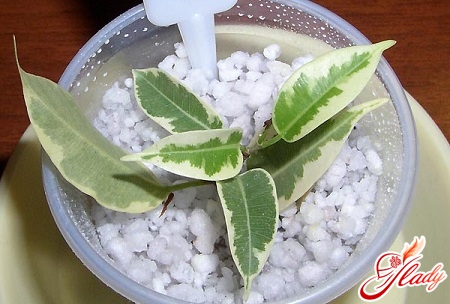
Rules of care: watering, lighting, transplantation
The domestic ficus tolerates indoor conditions well.conditions and is quite unpretentious. Adapts to any lighting, only in very darkened rooms the branches can stretch out, and the ficus becomes sparsely foliated. It is better to prepare the place in advance and try to ensure that direct sunlight does not fall on the ficus. Remember that variegated species need brighter lighting. In the warm season, it is better to take the ficus out into the fresh air: a balcony or a terrace. Indoor ficus is very sensitive to sudden changes in temperature, humidity and generally does not like change. In winter, with insufficient lighting, you can use additional lighting. In order for the ficus leaves to remain glossy, it is necessary to periodically carry out foliar feeding and, of course, do not forget about regularly adding fertilizers to the soil. You need to water the ficus, making sure that the soil has already dried out sufficiently, because overwatering has a detrimental effect on the condition of the plant. It is better to use slightly warmed water for irrigation. The best way to "water" a ficus is as follows: water the plant until water starts pouring out of the drainage hole. Then leave the pot like this for half an hour, and then pour out the remaining water. Alternatively, you can simply place the ficus in a tray of water and leave it for 20 minutes. This time is enough for the earthen lump to become saturated with moisture. In winter, you need to water the ficus very carefully. But given that the air in our apartments is quite dry during the heating season, it is still necessary to water it quite often. At the same time, make sure that the ficus does not stand on a cold floor. Hypothermia quickly leads to the death of the root system. Young ficus should be replanted annually into larger diameter pots. Large specimens are no longer replanted, but simply partially replace the soil. For replanting, you can use special soil or any universal soil. The main thing is to pay enough attention to drainage - be sure to pour a layer of expanded clay about 1-3 cm on the bottom of the pot. From October to February, all indoor ficuses are in a dormant period. This is a forced state that occurs due to a lack of light and a decrease in air temperature. If there is a need for the ficus to continue growing, the air temperature in the room must be increased and additional lighting must be installed. Species such as fig and bottle, shed their leaves during the dormant period, the rest simply slow down their growth.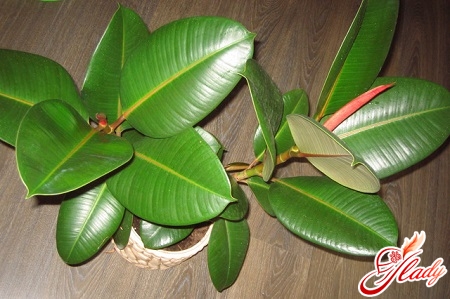
Popular varieties
- Ficus rubber
At home it is a small tree withlarge oval leaves. The length of the leaf reaches up to 35 cm, and the width up to 20 cm. The height of the tree depends on the conditions of maintenance and can reach 2 m. This ficus came to us from the hot tropics, where it can reach up to 30 m. The ficus has one feature: the presence of aerial roots-supports. The trunk practically does not branch. There are species with variegated leaves and ordinary green ones, the latter are considered more unpretentious in care. It is imperative to keep the ficus clean (especially the leaves) and ensure that there is no damage to it. If the short stalk of the leaf is still damaged, then white juice appears, which is poisonous. Indoor ficuses of this species almost never bloom, but in general are quite unpretentious. Rubber-bearing ficus does not like sudden changes in soil moisture, and if it is first overwatered and then thoroughly dried, there is a risk that the ficus will simply shed all its leaves. Air humidity and light intensity do not play a big role, but direct sunlight can burn the leaves. Variegated rubber plant is more demanding and requires frequent spraying of leaves, usually grows a little slower than species with green leaves.
- Dwarf Ficus
This ampelous plant is fully capablecover the soil with a beautiful carpet. Numerous stems constantly release shoots about 5 cm long, which in turn release roots. This ficus was brought to us from Japan and China. Its leaves are heart-shaped and slightly corrugated. Young shoots have asymmetrical leaves, and if at this point the ficus is propagated vegetatively, then this asymmetry will be preserved in the adult plant. In young specimens, the leaf length is about 2.5 cm, with age it can increase to 10 cm. This ficus grows very slowly; to increase the rate of shoot growth, it is necessary to increase the air humidity and temperature. But such individuals easily tolerate a lack of light, without loss of appearance.
- Ficus lily
It got its name due to its specific shape.leaves - in the form of a violin. In young plants, the leaves are covered with a small fluff with a waxy coating. The leaves reach a length of 60 cm and a width of 30 cm in adult plants. In natural conditions, such ficuses can grow up to 12 m in height. The trunk is straight, without branches and aerial roots. Requires bright lighting. In order for the ficus to form correctly, it is necessary to regularly turn the plant around its axis.
- Ficus dulled
Also known as the laurel or Cuban ficus.It is a green tree with a smooth trunk and a very branched crown. It produces aerial roots. The leaves are rounded ovoid, up to 8 cm in size. Due to the special structure of the trunk, this ficus is often used for bonsai. The trunk is covered with bark, on which there are peculiar reddish spots - through them the plant exchanges gases. To give the necessary shape to the trunk, wire is used, which is periodically replaced to avoid damage to the plant.
- Ficus Benjamin
Very popular due to its versatilitysize. This ficus can be both a bush and a real tree. There are many varieties of this plant, but they all resemble a weeping tree, reaching 2 m in height. These species differ in the size of the leaves and their color: there can be ordinary green leaves, with white streaks and even twisted in a spiral. Florists take advantage of the fact that these ficuses release aerial roots and create amazing interweaving. With age, the plants grow, and the trunk becomes a real work of art. Ficus has a rather weak stem, so most often several specimens are planted in a pot at once or additional supports are used. Very unpretentious in care. It tolerates pruning well, so the shape of the crown can complement the design of the room. This ficus practically does not bloom, but the lack of buds is compensated by evergreen leaves.
- Ficus carica
According to biblical tradition, it was its leaves that becamethe first "clothes" for Adam and Eve. Although we know this ficus better as a fig. The fruit-bearing tree, up to 12 m high, is considered one of the oldest fruit trees and easily runs wild without care.
- Ficus sacred
Native to East Asia.In India, it is revered by Buddhists due to the legend that Buddha received enlightenment under its leaves. In its homeland, it reaches up to 30 m in height and looks very impressive thanks to its supporting roots. The ficus has heart-shaped leaves and secretes juice during changes in atmospheric pressure. This phenomenon is popularly called the cry of the sacred tree. The petioles of the leaves are long and reach almost half of the leaf blade. At home, such a ficus does not like too dry air and high temperatures - it immediately begins to shed its leaves.
- Bengal Ficus
In natural conditions it grows into a huge plant.a tree with additional supports, which are transformed into aerial roots. In captivity, such a ficus looks more like a bush. The leaves are dark green, covered with a small fluff. It does not bloom in a pot. In winter, it cannot be placed near a heat source - it can shed its leaves. The peculiarities of this plant include the need to be kept in a fairly spacious room.





